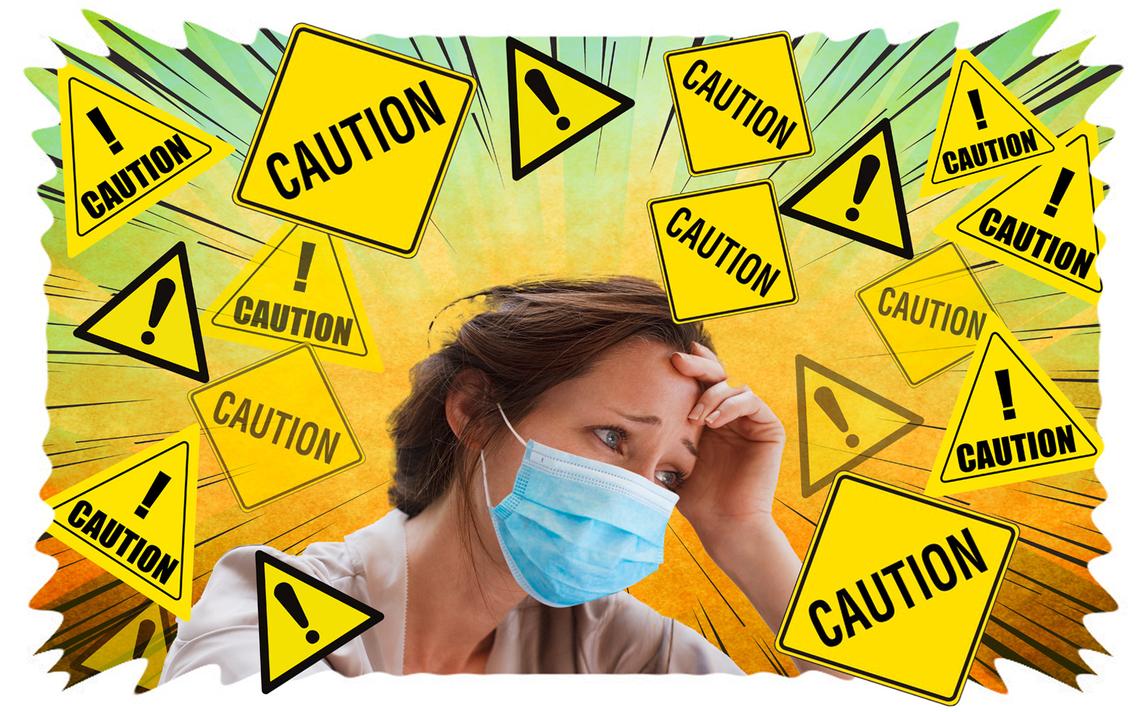
Wow! Who would have thought last March that we would still be in the situation we are in? Thanksgiving is less than a week away, and the Holiday break is coming up fast. To keep you as safe as possible during these times I wanted to reinforce the note Michael Ciri sent to UAS employees this week by breaking Alaska’s new health guidelines down a bit.
Traveling into Alaska
- The Governor has not enacted a statewide mandate, other than stating what communities cannot do to restrict travel. Travel mandates are controlled by individual communities, so you will want to look closely at travelling restrictions set up by the city or village you are traveling to to find out what their rules are.
- There is a breakdown of State testing requirements (interpreted as I read them – your results may vary!):
- Will your “out of state family” be in Alaska for less than 72 hours?
- Recommendation is for a SARS-CoV-2 molecular test within 5 days(?) after arrival – (hmmmm, in my opinion that could be clearer)
- Follow social distancing until a negative test is received
- Will your “out of state family” be in Alaska for more than 72 hours?
- They should have a SARS-CoV-2 molecular test with 72 hours prior to travel and should have a negative test prior to traveling.
- Five days after arriving a second test is recommended, and strict social distancing should be observed until that test result is shown to be negative
- If they do not get tested they need to observe strict social distancing for 14 days
- Will your “out of state family” be in Alaska for less than 72 hours?
- Anyone shown to be infected with SARS-CoV-2 must isolate until cleared by a medical professional – NO TRAVELING while infected!
What is Strict Social Distancing?
Here is how Alaska defines strict social distancing:
- Strict social distancing is allowed after you have had one negative test result from a test taken within 72 hours of departure or on arrival into Alaska. (I assume you will want to quarantine without the test result)
- You may be in an outdoor public place, but you must remain six feet away from anyone not in your immediate household, and you must wear a face covering. You may arrange curbside shopping or have food delivery.
- You cannot enter restaurants, bars, gyms, community centers, sporting facilities (i.e., ice rinks, gymnasiums, and sports domes), office buildings, and school or daycare facilities. Do not participate in any group activities, including sporting events and practices, weddings, funerals, or other gatherings.
- This 14 day window can be shortened if you receive a negative result from a (optional) second molecular-based test for SARS-CoV-2, which you take between five and 14 days after arrival into Alaska.

Please take a look at Health Order #6 for further details. Also, keep in mind that the issue with COVID19 has always been asymptomatic spread. We cannot be reactive to cases, because by the time someone become symptomatic or shows a positive test, they have probably spread the virus to numerous people, especially if they have not been social distancing.
So going forward, let’s be in a mindset that everyone is an asymptomatic carrier. If we can do that effectively, which means wearing masks and social distancing, we can significantly reduce the transmission of this virus.
Be safe this Thanksgiving and have a wonderful weekend! I’ll see you in a couple weeks!




